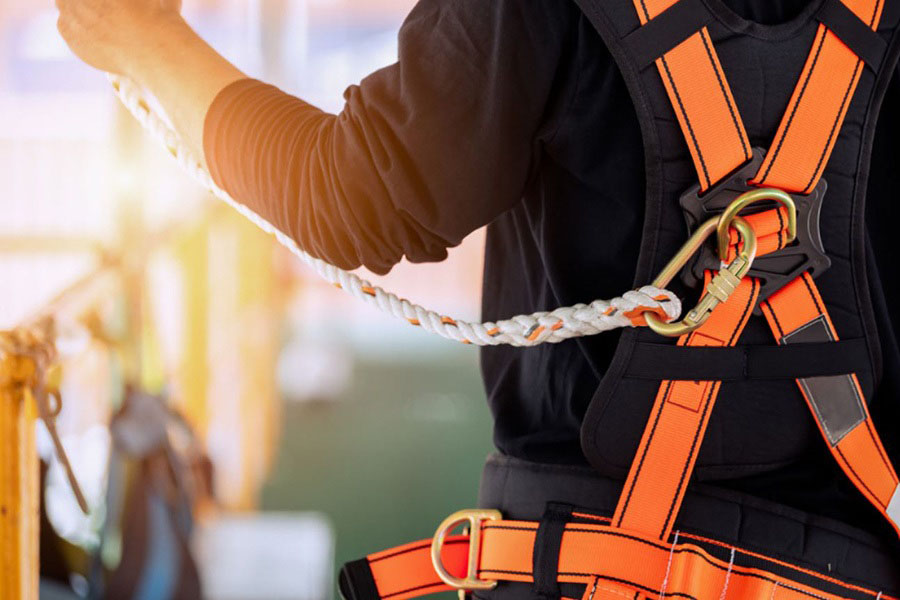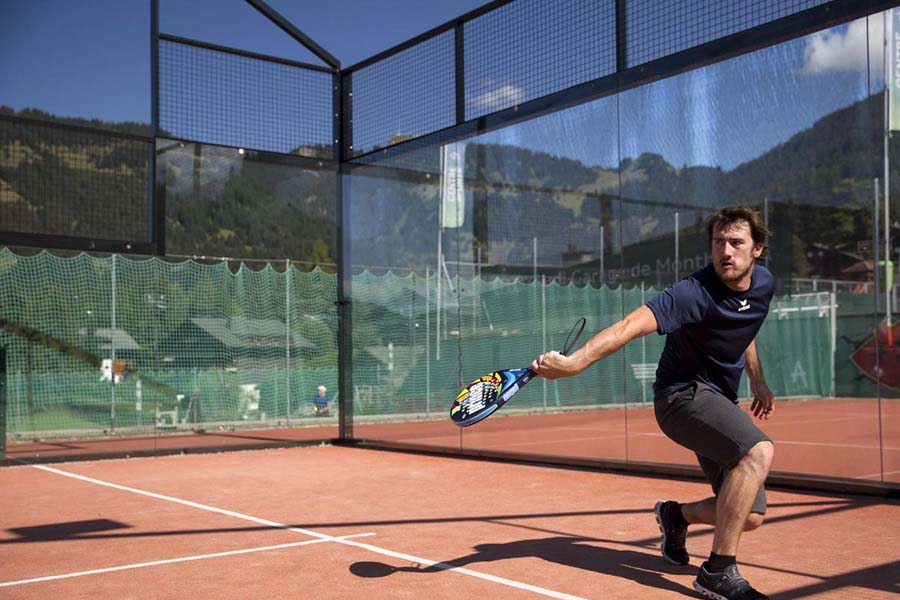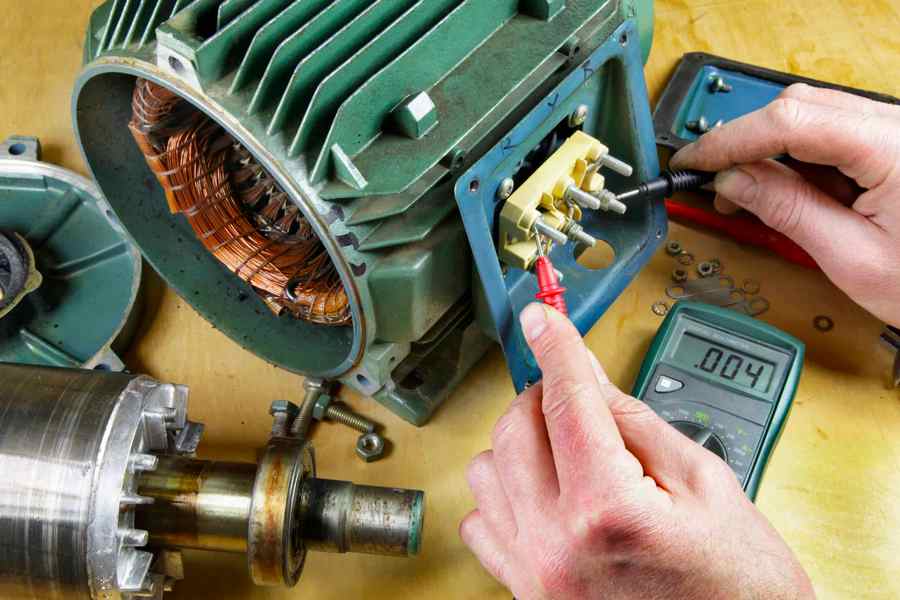A safety harness stands as a pivotal element of personal protective gear (PPG), aimed at safeguarding individuals from harm or injury while engaged in high-altitude tasks. This equipment is indispensable across various sectors, including construction, window washing, and any profession entailing the peril of falls from height. The design of the harness is such that it evenly disperses the force generated during a fall across the user’s body, thereby significantly diminishing the likelihood of harm.
Mechanism of Action
The principle behind a safety harness is its ability to connect the user to a stable point, referred to as the anchor point, via a lanyard or lifeline. Should a fall occur, the harness is engineered to distribute the impact’s force across its straps, thereby alleviating concentrated pressure on any single body part. This strategic distribution is crucial in averting severe injuries that falls can cause, including damage to the spine or internal organs. A typical harness is equipped with a D-ring for attachment, along with straps for the legs and shoulders and, occasionally, extra padding for enhanced comfort.
Safety Protocols
Pre-Use Inspection: It is imperative to examine the harness for any signs of wear, tear, or damage prior to each use. Look out for frayed straps, defective buckles, or compromised seams.
Selecting the Appropriate Harness: Make sure the harness is apt for the task at hand and properly fits the wearer. There are harnesses tailored for specific activities.
Anchor Point Connection: The chosen anchor point must have the strength to bear at least 5,000 pounds for every individual connected, or it should be designed, installed, and utilized under the guidance of a qualified professional as part of an exhaustive personal fall arrest system.
Accessory Compatibility: Employ only those lanyards, connectors, and lifelines that are compatible with the harness and specifically crafted for fall protection.
Steer Clear of Sharp Edges: Be vigilant to prevent your lifeline or lanyard from coming into contact with sharp edges that could potentially slice or wear down the webbing.
Correct Harness Wearing Method
To let the straps return to their normal places, give the harness a gentle shake.
Proceed cautiously through the leg loops, being careful not to twist them.
Once the shoulder straps are comfortably adjusted, pull the harness over your shoulders.
Secure the leg and chest straps. Make sure every strap is securely fastened while maintaining full range of motion. The leg straps should be adjusted such that a flat hand may fit between the strap and your leg, and the chest strap should match your chest.
Make sure the harness is firmly fastened and that all of the straps are adjusted correctly by doing a thorough inspection.
Summary
For those who operate at heights, wearing a safety harness is imperative as it provides vital protection against falls. Choosing the right harness, checking it frequently, wearing it appropriately, and utilizing it correctly are the keys to guaranteeing maximum safety. Following these recommendations can greatly lower the chance of serious injuries, creating a more secure and safe work environment. Visit www.industrialsolution.ae for more details.

Baseball fan, dreamer, record lover, Saul Bass fan and holistic designer. Performing at the nexus of beauty and intellectual purity to create not just a logo, but a feeling. I’m fueled by craft beer, hip-hop and tortilla chips.






